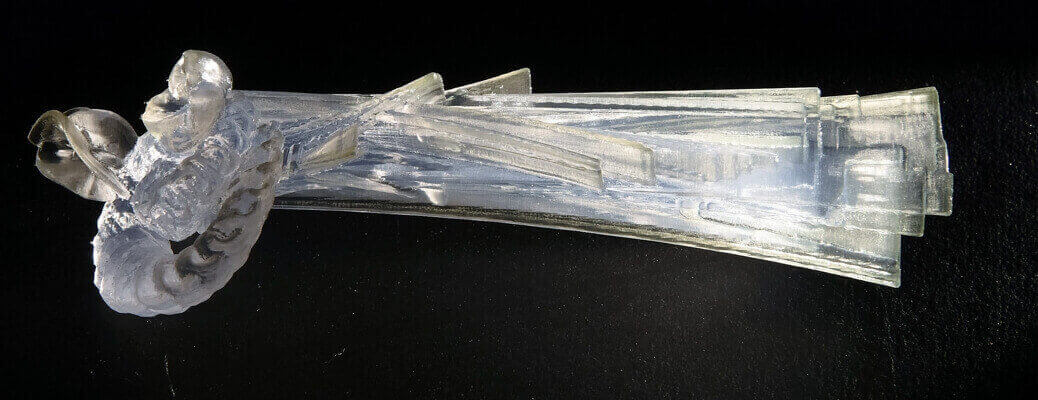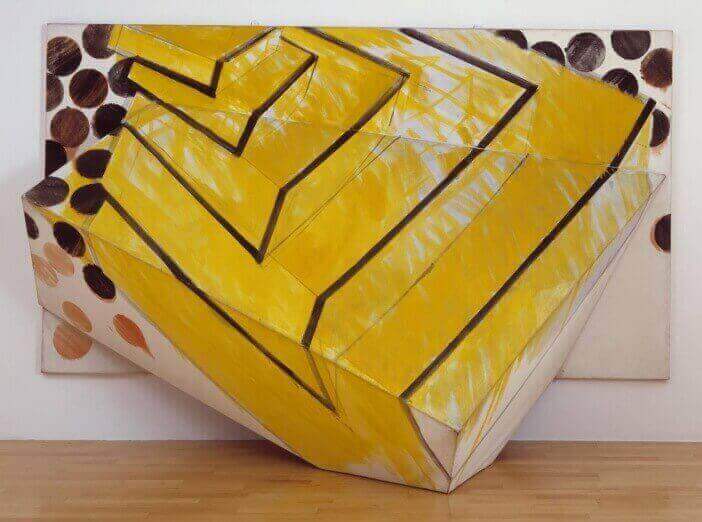As more artists begin using 3D printing in their work, the need grows for heritage science to preserve their work for future generations.
Plastic is indestructible, right? In actual fact, the material is surprisingly vulnerable. And though there’s been an explosive growth in contemporary 3D printed art, the reality is that these works may not survive long enough to be appreciated by future generations.
This is because 3D printing technologies use materials which degrade particularly rapidly. Consequently, they will be less easy to preserve. Although we already know how to properly conserve traditional art, modern techniques require a huge change in preservation methods.
To tackle the problem, researchers from the Science and Engineering in Arts Heritage and Archaeology (SEAHA) are exploring ways to preserve 3D printed artwork. To do this, researchers from UCL Institue for Sustainable Heritage commissioned a piece of art specifically for scientific testing.
Artist Tom Lomax created a digital model specially for SEAHA. Entitled ‘Out of the Cauldron’, it has been designed to push the limits of 3D printing. He said:
“As an artist I previously had little idea of the conservation threat facing contemporary art – preferring to leave these issues for conservators and focus on the creative process. But while working on this project with UCL I began to realise that artists themselves have a crucial role to play.”

Ways to Preserve Contemporary Art with Heritage Science
A project funded by EU Horizon 2020 called Nanorestart could also help preserve millions of pieces of modern and contemporary art.
Carolien Coon is currently working for the project as well as the EPSRC Centre for Doctoral Training in SEAHA. The SEAHA was set up by UCL, the University of Oxford, and the University of Brighton.
Its aim is to provide information, such as adding sunblock to artworks, to develop new methods of conservation. Artists and researchers across the globe will also be able to join UCL Institute for Sustainable Heritage in experimentation.
Carolien Coon, also a researcher at the UCL Institute for Sustainable Heritage, said:
“Art is being transformed by fast-changing new technologies and it is therefore vital to preempt conservation issues, rather than react to them, if we are to preserve our best contemporary works for future generations. This research project will benefit both artists and academics alike – but ultimately it is in the best interests of the public that art and science combine to preserve works.”
Interested in finding out more? Read the paper ‘Preserving Rapid Prototypes: A Review’, published by UCL researchers in Heritage Science.
Source: UCL

License: The text of "Heritage Science Project to Preserve 3D Printed Art" by All3DP is licensed under a Creative Commons Attribution 4.0 International License.